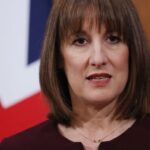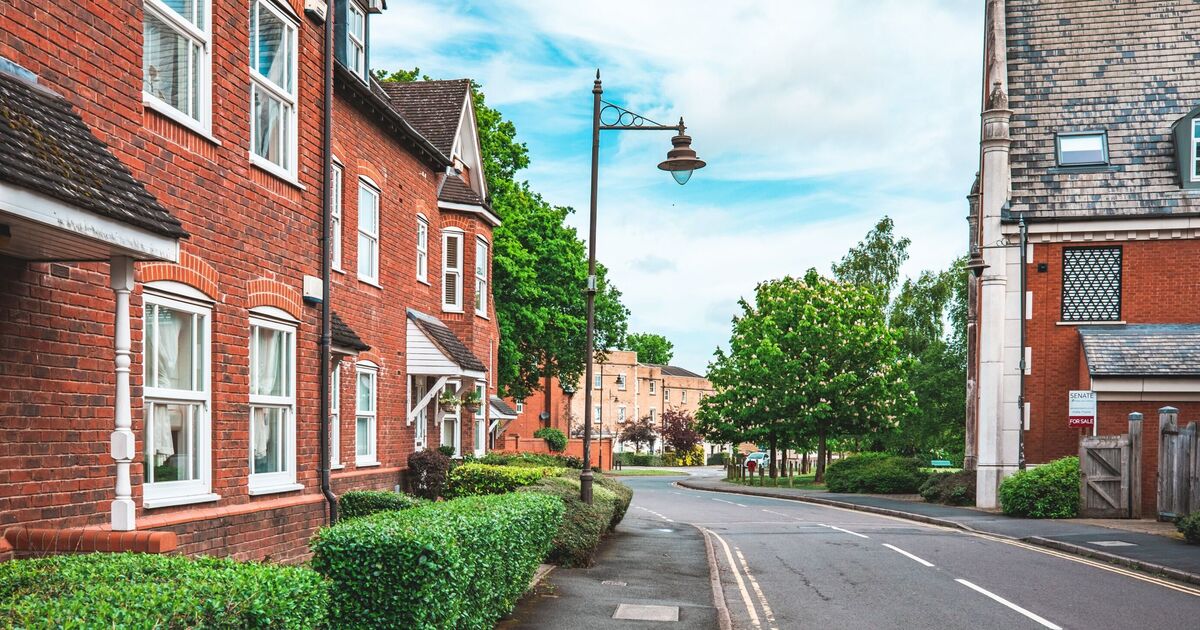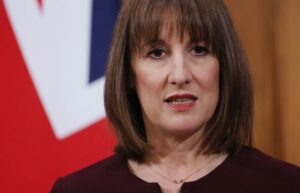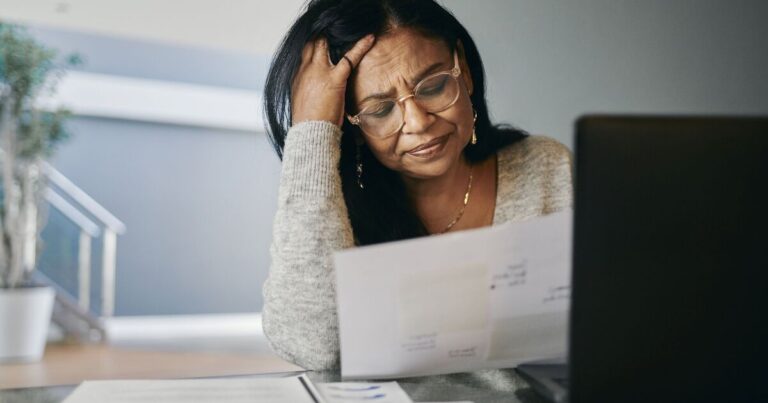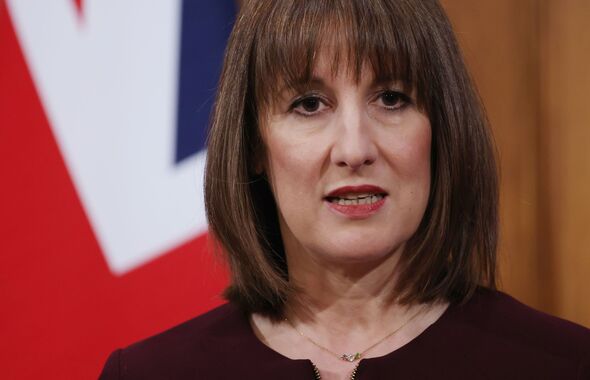
A scheme that cut the cost of stamp duty on home purchases is set to be axed by the Chancellor in the Budget.
The move is expected to add £2,500 – and potentially much more – to the cost of buying a property based on the average sale price for England at £300,830.
The changes, which will hit first-time buyers and people in the south of England particularly hard, will mean that about 309,000 more purchases a year are subject to the tax.
The Liz Truss government raised the house price thresholds at which stamp duty is paid from £300,000 to £425,000 in 2022 in what was described at the time as a temporary measure to help people get onto the property ladder.
However, Rachel Reeves is expected to bring the stamp duty threshold back down to £300,000 from April 2025, which means thousands of buyers will now have to pay the property tax.
At the same time, a stamp duty dispensation scheme that helps first-time buyers purchasing homes worth between £425,000 and £625,000 is expected to be scaled back.
The moves, which are due to be announced in the Budget, are expected to trigger a property purchases sales rush over the next few months and into the New Year as buyers try to avoid it.
Industry experts predict the number of first-time buyers paying stamp duty will treble from 8 percent to 26 percent when the threshold returns to £300,000. In London, where property prices are significantly more expensive, the proportion paying stamp duty will rise to 71 percent.
It is expected that the stamp duty rates from April 2025 would be zero for homes worth up to £125,000; 2 percent for those worth £125,001 to £250,000; 5 percent for properties bought for £250,001 to £925,000; 10 percent for those at £925,001 to £1.5 million; and 12 percent for over £1.5 million.
The figures for first-time buyers would be zero for properties bought for up to £300,000 and 5 percent for those from £300,000 to £500,000.
The changes mean that a young buyer purchasing a £400,000 house in England would see a stamp duty bill rise from nothing today to £5,000.
Bringing the stamp duty tax back to the levels before 2022 is expected to raise £1.8 billion a year for government coffers by 2029-30.
Property experts and economists have warned Rachel Reeves against reversing the changes to stamp duty introduced by the Liz Truss government, however it seems these pleas have fallen on deaf ears.
Adam Corlett, principal economist at the Resolution Foundation, said: “The chancellor will need to announce significant tax rises in her upcoming budget, but there is one tax cut she should announce too — making permanent the increased threshold for paying stamp duty.
“This measure is due to expire next April, and will cost movers up to £2,500. Stamp duty is a fundamentally bad tax that restricts people’s ability to move, and there are plenty of other places where Rachel Reeves can look for tax revenue.”
A spokesperson for the property sales portal Zoopla said: “Thousands of first-time buyers have benefitted from the relief in stamp duty introduced in 2022.
“Those looking to purchase their first home should act this Autumn if they are to avoid paying more in stamp duty, particularly if they are looking to purchase a home in Southern England, an area where first-time buyers are likely to see a sizable increase in stamp duty once the changes come into effect next April.
“Those not looking to purchase until after 1st April, should make sure they build the additional stamp duty fees into their plans and account for it in their overall budgets.”



